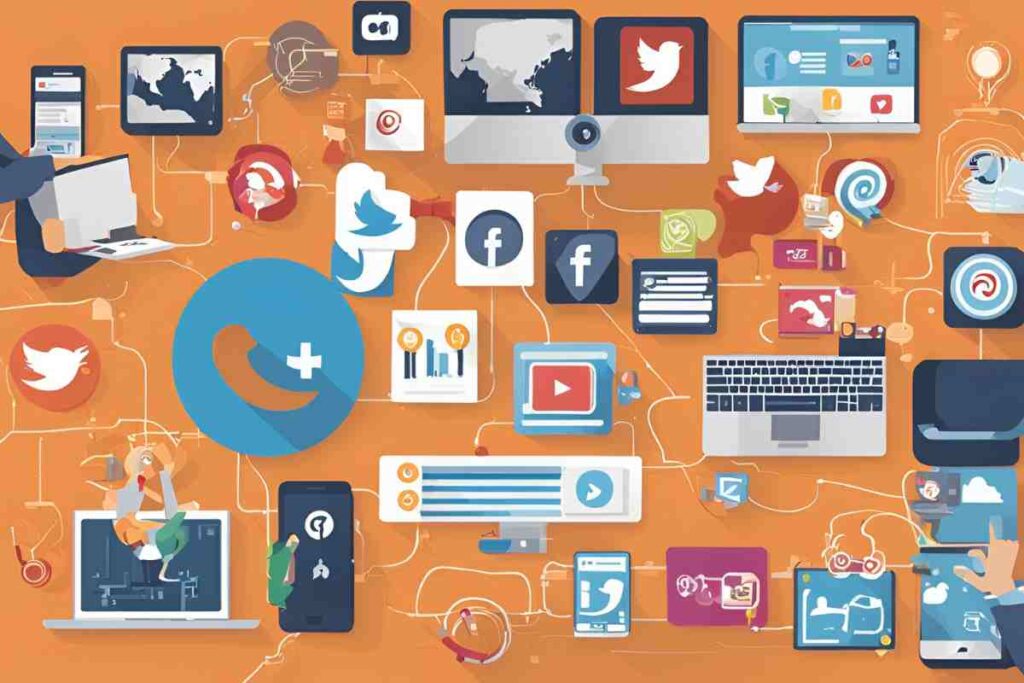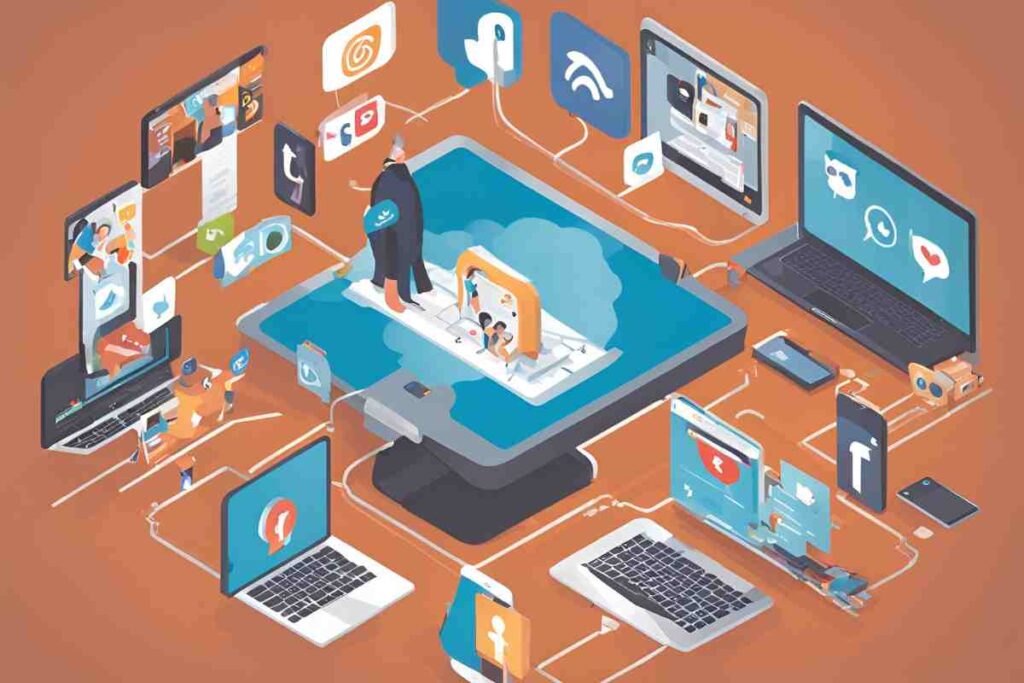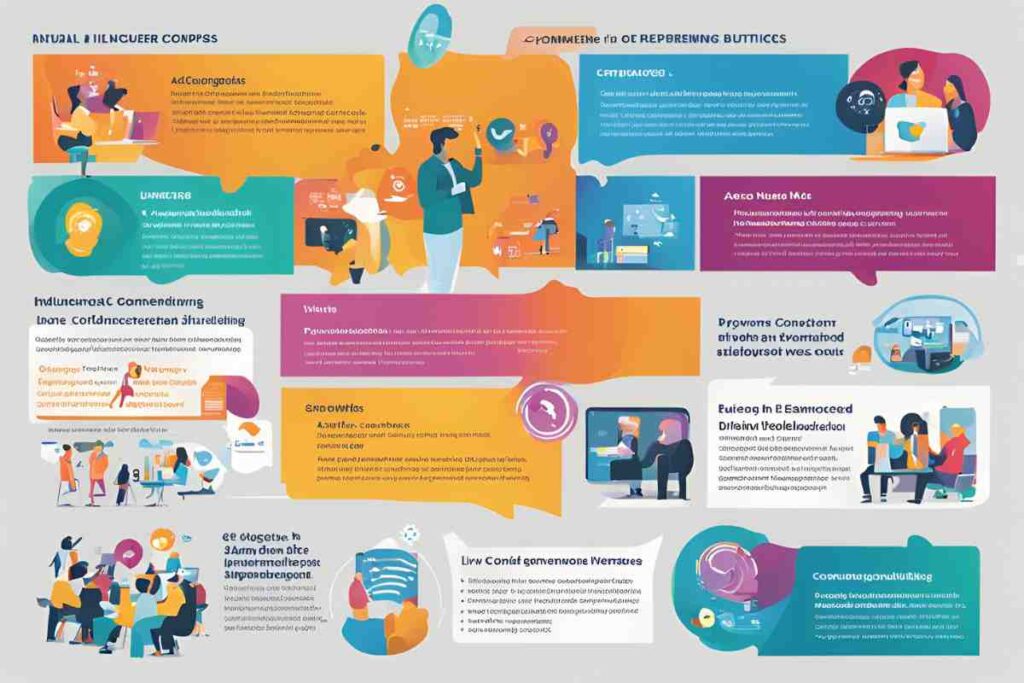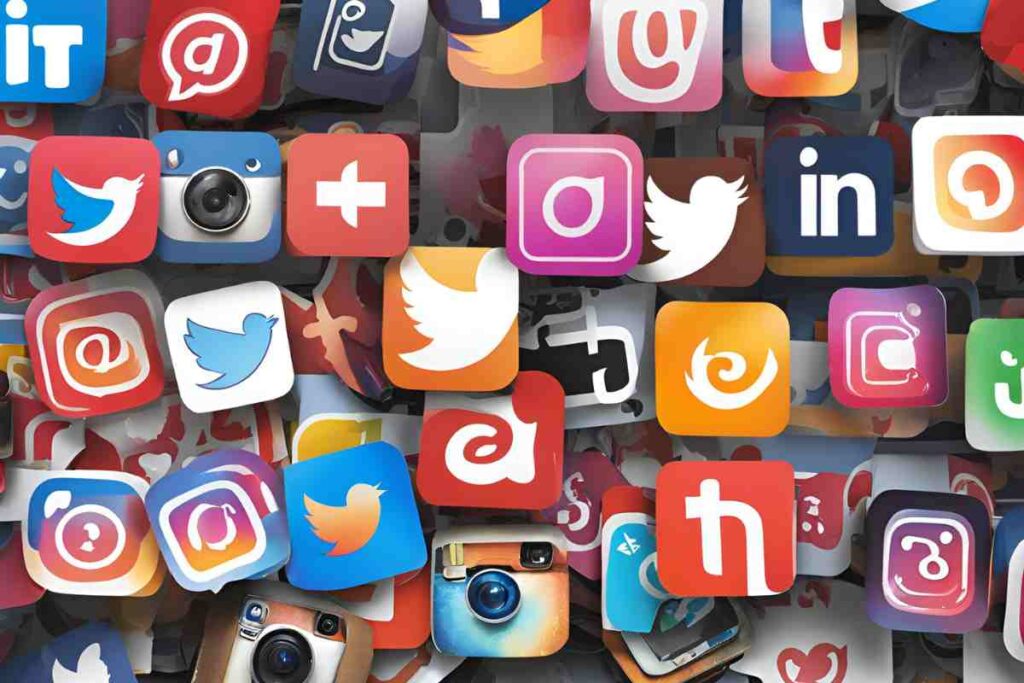In today’s digital age, social media has become an indispensable tool for various activities, including communication, marketing, and information dissemination.
Effectively utilizing social media to support activities can significantly enhance your organization’s effectiveness and reach.
This article explores how to leverage social media for supporting various activities, such as producing maps and incident visualizations, and provides best practices to maximize your efforts.
We will also examine specific examples and address related topics to ensure a well-rounded understanding.
Benefits of Using Social Media to Support Activities

Social media platforms offer a range of benefits for supporting activities. These include:
Enhanced Communication
Social media allows for real-time updates and instant communication with a broad audience. This is particularly useful in emergency management and scenarios requiring timely information dissemination. For instance, during natural disasters, organizations can use Twitter and Facebook to share critical updates and safety information, ensuring that communities stay informed.
Cost-Effective Outreach
Compared to traditional media, using social media to support activities is a low-cost alternative that can reach a larger audience. For example, a local charity can promote a fundraiser on social media without the need for expensive advertisements, maximizing its outreach and engagement.
Engagement and Community Building
Social media fosters interaction, encouraging community participation and feedback. By creating interactive content, such as polls or quizzes, organizations can better understand the needs and preferences of their audience.
Visual Content Sharing and Accessibility
Platforms like Facebook, Instagram, and Twitter support multimedia content, making it easier to produce and share maps, incident visualizations, and infographics. Ensuring accessibility, such as adding captions to videos and alternative text to images, improves inclusivity.
Diverse Audience Reach and Algorithm Optimization
Different social media platforms cater to different audiences. Understanding how social media algorithms work helps in optimizing posts for visibility and engagement. Using multiple platforms ensures messages resonate with specific demographics.
Best Practices for Using Social Media to Support Activities

To maximize the effectiveness of social media in supporting activities, consider the following best practices:
Produce Maps and Incident Visualizations
Using social media to support activities such as producing maps and incident visualizations can greatly enhance situational awareness and response coordination.
Tools like Geographic Information Systems (GIS) can be integrated with social media platforms to share real-time data and visual content.
For instance, during public health campaigns, health departments can share interactive maps displaying vaccination rates or outbreaks, enabling communities to stay informed and engaged.
Leverage Technology Use and Procedures
Implementing standardized technology use and procedures ensures consistent and reliable communication.
Social media platforms offer various tools and features that can be tailored to specific needs, such as live streaming, status updates, and automated alerts.
For example, using a combination of Instagram Stories and Facebook Live can provide updates on events as they happen, keeping your audience engaged.
Maintain Common Terminology
Using standardized names and definitions for organizational functions and units is crucial for effective communication.
This ensures that all stakeholders have a clear understanding of the information being shared, reducing confusion and enhancing coordination.
For example, during a community initiative, ensure that all posts refer to the same terminology regarding roles and responsibilities.
Engage with the Community
Promoting activities on social media not only increases visibility but also encourages community involvement. Use high-quality photos and videos to capture attention and share engaging content.
For instance, recording and sharing key events can help promote future activities and registrations.
Additionally, highlighting community members’ stories or contributions can create a more personal connection and motivate others to get involved.
Encourage User-Generated Content
Encouraging your audience to share their experiences and feedback is a powerful strategy. User-generated content, such as testimonials and event photos, can enhance credibility and foster a sense of community.
Consider running a contest or campaign where participants share their own content related to your activities, which can then be showcased on your platforms. This not only promotes engagement but also provides you with valuable content to share.
Utilize Multiple Platforms
Different social media platforms cater to different audiences. Utilize Facebook for broad community engagement, Twitter for timely updates, Instagram for visual storytelling, and LinkedIn for professional networking and recruitment.
Tailor your content to fit the unique features of each platform. For example, use Twitter for real-time event updates and Instagram to share behind-the-scenes photos, creating a multifaceted engagement strategy.
Monitor and Evaluate Performance
Use analytics tools to monitor the performance of your social media campaigns. Evaluate metrics such as reach, engagement, and conversion rates to determine the effectiveness of your strategies and make necessary adjustments.
Platforms like Facebook and Instagram provide insights that can help you understand what types of content resonate most with your audience.
Leverage Hashtags and Trends
Incorporating relevant hashtags can increase the visibility of your posts. Use trending hashtags related to your activities or causes to reach a broader audience.
For example, if you are hosting a community clean-up event, using hashtags like #CleanUpDay or #CommunityService can help attract participants who follow those trends.
Promote Cross-Platform Campaigns
Encourage followers on one platform to engage with your content on another. For example, promote your Instagram page on Facebook and vice versa, guiding your audience to follow you across multiple channels.
This helps to create a cohesive brand presence and maximizes your outreach.
Examples of Using Social Media to Support Activities

Example 1: Disaster Response
During the 2020 Australian bushfires, organizations used social media to support activities like real-time updates, sharing affected area maps, and coordinating volunteer efforts.
Example 2: Community Health Initiatives
Health departments successfully used social media to promote vaccination drives. For example, the NYC Department of Health shared interactive maps and infographics to inform residents about vaccination locations.
Example 3: Educational Campaigns
Educational institutions use social media to support activities such as mental health awareness campaigns. Schools share engaging content and personal stories to encourage participation and support.
Conclusion
Using social media to support activities offers numerous advantages, from enhanced communication and cost-effectiveness to increased engagement and visual content sharing.
By following best practices and leveraging the unique features of various social media platforms, organizations can significantly improve their communication strategies and overall effectiveness.
Implement these strategies to maximize the benefits of social media in supporting your activities. Regularly monitor and adjust your approach based on analytics and feedback to achieve optimal results.
FAQs
What are the benefits of using social media to support activities?
Enhanced communication, increased engagement, and cost-effective outreach.
How can social media improve community engagement?
By sharing interactive content and encouraging community feedback, social media fosters a sense of involvement and participation among members.
What types of content work best on social media?
Visual content, such as images, videos, and infographics, tends to attract more attention and engagement from users.
How can organizations encourage user-generated content?
Encouraging followers to share their experiences and tagging your organization in their posts can foster a sense of community and increase engagement.
Why is it important to monitor social media performance?
Monitoring performance helps organizations understand what content resonates with their audience and allows for adjustments to improve effectiveness.
How can maps and visualizations be shared on social media?
Integrating Geographic Information Systems (GIS) with social media platforms enables real-time sharing of maps and incident visualizations.
Which social media platforms are best for different types of activities?
Use Facebook for broad engagement, Twitter for real-time updates, Instagram for visual storytelling, and LinkedIn for professional networking.
What role do hashtags play in social media activities?
Hashtags increase the visibility of posts and help reach a larger audience by connecting your content with trending topics and themes.



